Forsten’s Tortoise (Indotestudo forsteni)
Overview
The Forsten’s Tortoise (Indotestudo forsteni) is found in the damp forests of the Indonesian Islands of Sulawesi and Halmahera. Sometimes called the Sulawesi Tortoise, the Forsten’s Tortoises were once thought to be introduced Travencore tortoises from southern India. These tortoises are most active in the mornings and evenings. They prefer overgrown habitats with dimmer light, hence their large eyes. However, a full spectrum UVB basking light is required. A moist substrate and a good hide box with plenty of room make them comfortable. Once older, a clean, shallow soaking bin can be provided. Juveniles are soaked every second or third day.
Diet
In the wild, Forsten’s Tortoises have an omnivorous diet consisting of fruits, leafy greens, worms, and slugs. They have a strong attraction to yellow foods such as corn, dandelions, and yellow squash. In captivity, they are fed a pelleted tortoise diet, mixed with a good calcium supplement, mixed veggies, dark leafy greens, and the occasional earthworm for protein. Mixed fruits and yellow squash are also provided.
Appearance and Behavior
Forsten’s Tortoises are very exotic, with a bright-colored head and a shell color ranging from caramel brown to black. Yellow scutes with black centers are very common. Juveniles have unmistakable pointed serrations on the back of their shells, an adaptation to prevent them from being preyed upon in the wild. Similar to Elongated Tortoises, the skin around the eyes and nose of adults becomes pink during the breeding season. Over time, Forsten’s Tortoises become very accustomed to their keepers and develop very distinctive personalities. Although rarely bred in captivity, Forsten’s Tortoises make very interesting first tortoises.
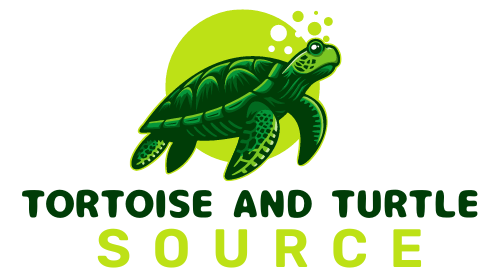
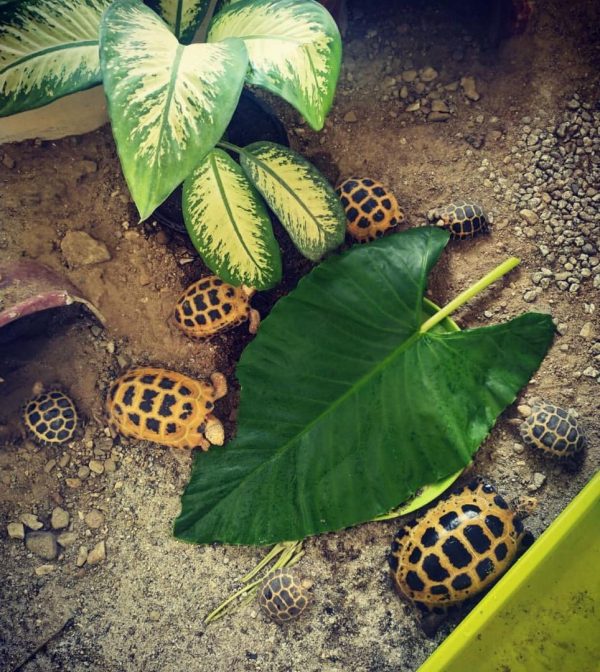
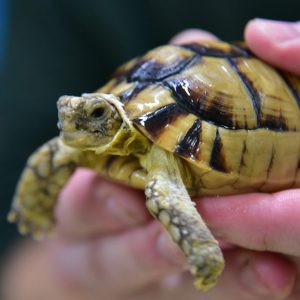
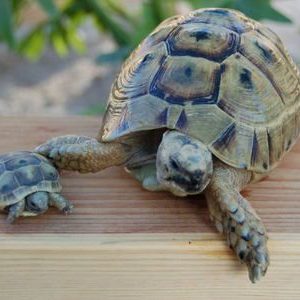
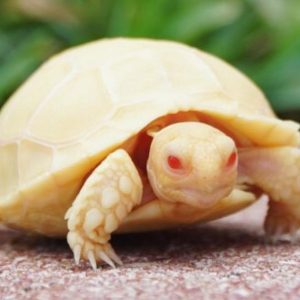

Reviews
There are no reviews yet.